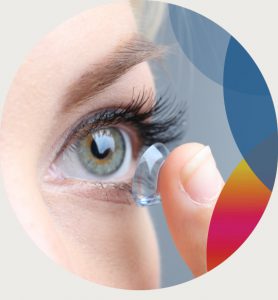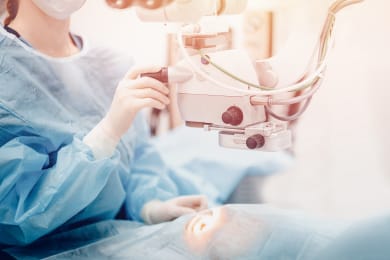The Importance of Eye Exams
Eye exams go way beyond simply updating your glasses or contact lens prescription. Getting a new pair of lenses to sharpen up your vision is always a great feeling, but there are other benefits too. Regularly scheduled exams provide doctors with information about changes in your vision and are vital in identifying eye conditions.
Many eye diseases display few or no symptoms before they threaten your vision. Glaucoma and macular degeneration can lead to serious vision loss when left undetected and untreated. One of the major functions of a comprehensive eye exam is to monitor your ocular health and identify eye disease as early as possible.
In addition to English, our doctors are able to provide your exam in French, Hindi, or Punjabi. Just mention your language needs when you book your appointment.
How Often Should I Have an Eye Exam?
Healthy people between the ages of 18 to 65 should have an eye exam completed at least once every 2 years. People who have existing medical conditions, such as diabetes, or have previously suffered from eye disease need to receive an eye exam annually.
If you are over the age of 65, and you have healthy eyes, your optometrist may recommend an eye exam once every 18 months. One of the easiest ways to maintain healthy vision late into life is with regularly scheduled eye examinations. If you have an active eye condition that needs more frequent visits, the Ontario Association of Optometrists recommends a comprehensive eye exam once per year.
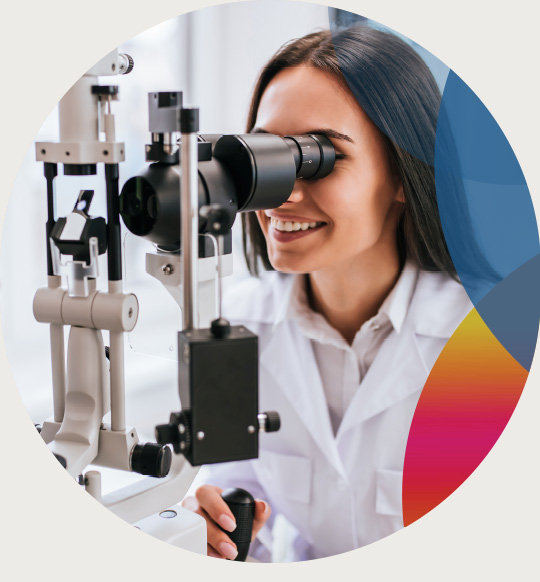
What Does an Eye Doctor Look For in an Exam?
It’s normal for most people’s eyes to change shape as they age. But there are instances where accelerated changes or degeneration in the eye indicate bigger problems.
This is another reason that consistent eye exams are important—annual exams give us comparable year-over-year information. With this data, optometrists can develop strategies to manage eye diseases such as glaucoma, macular degeneration, dry eyes, diabetic retinopathy and preserve strong vision.
Catch Eye Disease Early
Of the hundreds of eye diseases we know about, many can be detected with a standard eye exam. Optometrists are trained to look for nuances that are signs of the onset of eye disease. Some of the more common diseases that eye doctors look for in an eye exam include:
A Window to Your Body’s Health
Eye exams also give doctors information and clues that health problems may be present elsewhere in the body. Diseases like diabetes, high blood pressure (hypertension), tumours, and even eye cancer can be recognized in the ocular system before there are more obvious physical signs.
What Happens at an Eye Exam?
The best way to get the most out of an exam is to come prepared with your personal health history. Our eye doctors will ask you several questions about your overall health, previous eye conditions, and any family health issues that may be hereditary.
Other information about your lifestyle will also help diagnose irregularities in your vision. The amount of time you spend on computers and screens, for instance, will give us insight into the risks of digital eye strain or dry eye disease.
There are several things to bring along that will speed up your exam process and help get better results:
- Your current eyeglass and/or contact lens prescription
- Copies of any medical prescriptions you are currently taking
- Your actual glasses or contact lenses, even if you only need them for reading
- Personal ID, Health Care Card, and any health insurance documents
- You may also wish to fill out the health history form prior to your eye exam.
Simple, Easy Testing
Our optometrists will always do their best to make the testing process as comfortable as possible. Our goal here is to determine your vision’s strength and check for signs of eye disease.
Here’s what you can expect during our routine eye exams:
Before seeing the doctor, our optometric staff will perform a pretest to discuss your visual health history and concerns. Then, they will use a 4-in-1 autorefractor to take an objective measurement of the power and pressure of your eyes and the cornea’s curvature and thickness. Most patients will also undergo ultrawide field imaging using Daytona technology.
Once you step into the doctor’s room, the exam continues with a further discussion of your health history and an overview of what the exam entails.
First, your doctor will assess your visual acuity, ocular motility, and binocular function. We’ll determine the refractive status of the eye subjectively (and occasionally objectively). These tests allow us to write a prescription for your lenses accurately.
Using innovative technology, the optometrist will continue the exam looking further into the eye and ocular adnexa with a slit lamp. We employ direct fundus microscopy and biomicroscopic indirect ophthalmoscopy, allowing us to screen for eye diseases thoroughly.
Depending on your results and an analysis of your risk factors, the doctor can recommend complementary testing. These could include optical coherence tomography (OCT) to evaluate the macula or optic nerve, visual field testing, or colour testing.
Our comprehensive and non-invasive procedure helps us gain valuable insight into your eye health to properly diagnose potential eye diseases and write precise prescriptions for your glasses.
Before You Go
Contact Lens Exams & Fittings
If you are a patient looking for a new contact lens prescription or fitting, we will conduct some additional tests to give us the best understanding of your eye shape. After discussing some lens options, we will order a trial pair and schedule a contact lens fitting.
Q & A Session
Following the exam, any exam results that can be discussed immediately will be shared with you. Some results, like those from corneal topography, will require more analysis but will be communicated.
And of course, we want to make sure you have all your questions answered and addressed. Please engage with any of our staff when you have a question about visual health or eyewear.
Eyewear Selection
Please feel free to browse our eyewear collections before or after any scheduled eye exam. Our friendly eyewear experts will help you choose the right fit and frame to compliment a new lens prescription.
Please pay attention to ongoing COVID-19 showroom protocols.
Leave Smiling
That’s it! The whole process should take about an hour from the time you walk through our door. A couple of hours of your time each year can make such a big difference in the way you see the world.
Our Location
Find Us
We are conveniently located in South London, at the southwest corner of Wharncliffe Rd S & Emery St W.
Our Address
- 393 Wharncliffe Rd S
- London, Ontario N6J 2M3
Where to Park
We have lots of free parking right outside our office. There is also space for larger vehicles and accessible parking.
Contact Information
- Phone: (519) 672-0998
- Fax: (519) 672-8235
- Email: info@oldsouthoptometry.com
Hours of Operations
- Monday: 8:30 AM – 5:45 PM
- Tuesday: 8:30 AM – 5:45 PM
- Wednesday: 10:00 AM – 5:45 PM
- Thursday: 8:30 AM – 5:45 PM
- Friday: 8:30 AM – 5:00 PM
- Saturday: 8:45 AM – 12:45 PM
- Sunday: Closed
Closed on long weekends
Our Featured Brands

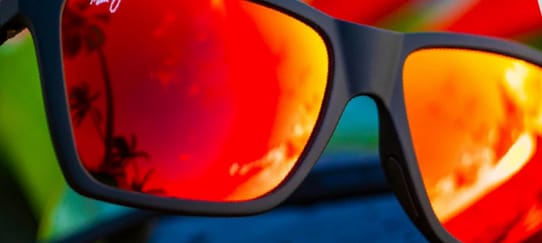

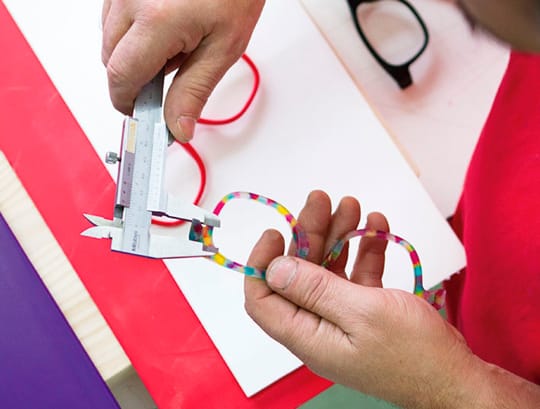
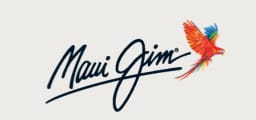
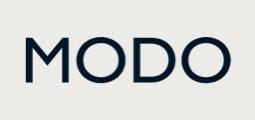


See Our Google Reviews





